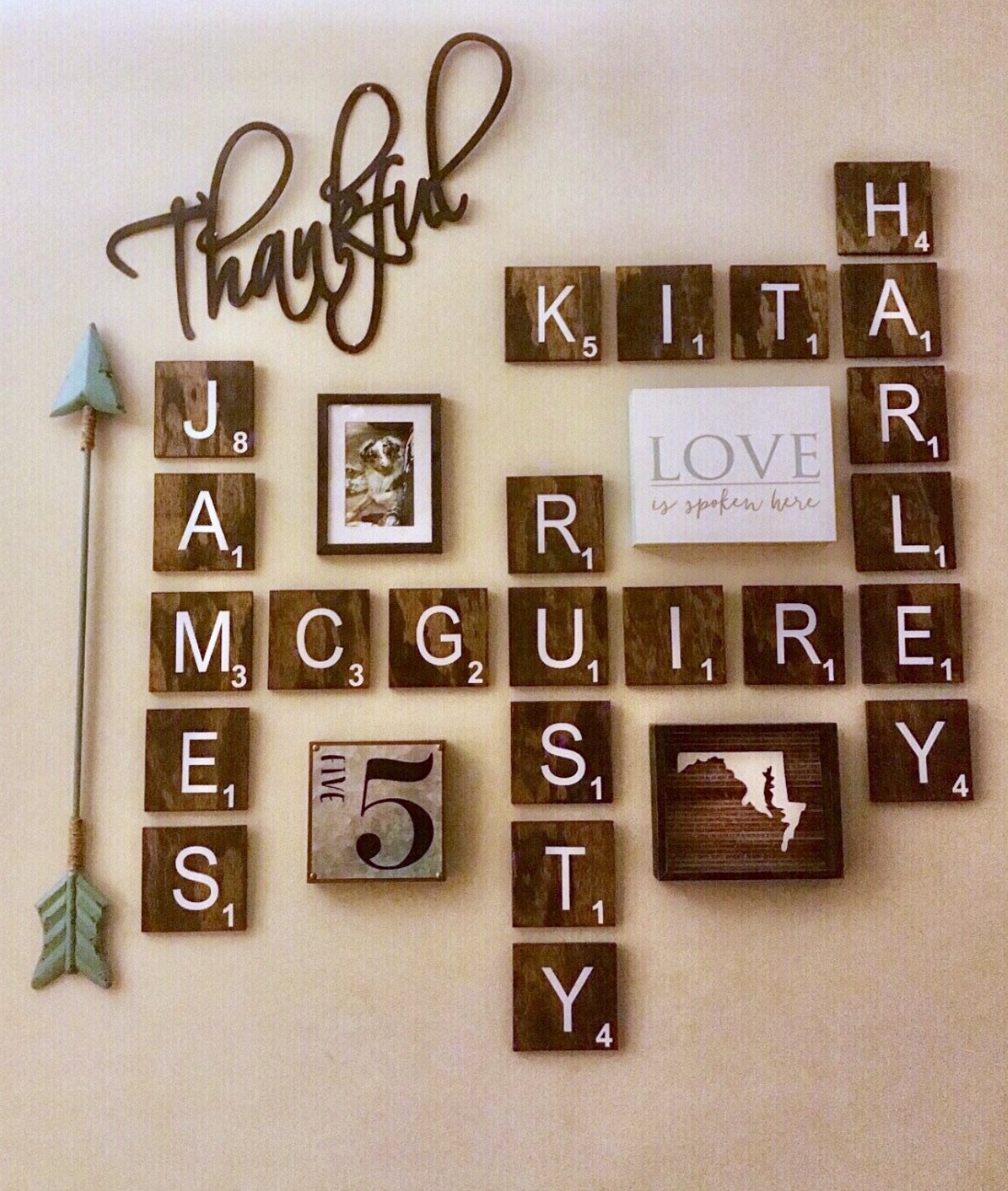

The instructions say to fill it with metal shot, or pennies. The weight is a wooden box that is glued together. Mine came out a bit asymmetrical, and I’ve had to tweak it a few times. I was also a bit too hasty in gluing the upper bracket on the pendulum shaft – this turns out to be a pretty important part of the mechanism, because the pendulum balances on two screws which are driven through this bracket. I did a pretty good job of gluing them together straight, but there is still a pretty bad bow on one end of the shaft. In my kit, one of those pieces was warped. The pendulum shaft is 4 feet, and in order to fit it into the shipping package, it comes in two pieces which must be glued together. The pendulum is probably one of the weaker aspects of this particular clock design. I found that for the smaller pieces, it was easier if I held them in my hands while the glue set, rather than using a clamp. This does not seem to have affected the working of the clock, however. My son helped me glue the large front and backframe pieces, but we ended up with one of them being slightly misaligned, because we weren’t observant enough when clamping them. In some cases, I found it difficult to keep pieces aligned when gluing them. I got much better at applying glue as the project progressed. Like most beginners, I used way too much glue at first. Fortunately, the first thing you glue, according to the instructions, was not of major significance. This was my first woodworking project, and the first time I used wood glue. I have not yet attempted to apply varnish. So the backside of my great wheel has an unintentional ‘antiquing’ effect. My staining doesn’t look terrible, although I made the mistake of leaving a gear wet with stain to dry on a paper towel, which stuck to it. I left the ‘light’ pieces alone, and inexpertly stained the gears a medium color and the indicators a darker color, using some old cans of stain that the previous homeowner had left in the garage, and some Q-tips.
HAMMER AND STAIN 3D CLOCK MANUAL
The instruction manual provides a stain guide for staining the parts three different shades.

At first, I very patiently sanded each piece, but a common problem seems to be letting your impatience get the best of you, and it is tempting to rush through the build. I was worried that some parts might split when I removed them, but I did not have any problems with this. You twist the part to remove it, and then sand the part. The parts are generally completely laser cut except for a small notch which holds them into the palette. My son has been working on building a guitar, so we had some wood glue, sandpaper, clamps and a mallet, which is about all you need to build this. All in all, I’ve probably spent about 20 hours on it thus far.

I started working on the clock about 2 and a half weeks ago, working mostly on weekends. Jeff is very careful to navigate you through most of the potential “gotchas” that will occur during the construction process. The kit comes with a detailed and helpful 43 page instruction manual, that is *much* better than the terse instructions that come with IKEA furniture. There are also some dowels, screws, nylon washers and string. All the components are cleverly designed to fit within this package – the clock appears to be designed expressely for the mail order business. The Ascent kit arrived in a slim box which was about one foot by three feet. I’ve since ordered an Athena clock kit (because I want to understand the verge and foliot mechanism) and I’ll let you know how it compares to the Ascent in a later review. Jeff’s website seemed to show the best design sense (the clockplans website is pretty awfull), and I hoped his good web design sense was an indicator of a superior product, so I ordered his simplest clock first. I found four sites that offer such kits: Jeff’s,. There are a number of websites that offer plans for wooden gear clocks, but as someone with absolutely no woodworkng experience (band practice generally interferes with taking shop class), and no tools, I needed something that was ready to build. I decided a few weeks ago to build a wooden gear clock because I wanted to understand the clock mechanism better. I still don’t know what makes the cuckoo bird sing, but I now have a better idea of what makes the pendulum swing, thanks to Jeff Schierenbeck, the designer of the Ascent wooden gear clock, a kit I’ve been working on for the past few weeks. I wondered what made the pendulum keep swinging (was it magnets or batteries?), and what made the cuckoo bird sing. My family never owned a mechanical clock, but I had an aunt with a musical cuckoo clock, and a grandfather clock that showed the phases of the moon. In the last two months, I’ve become fascinated with clocks and automatons.


 0 kommentar(er)
0 kommentar(er)
